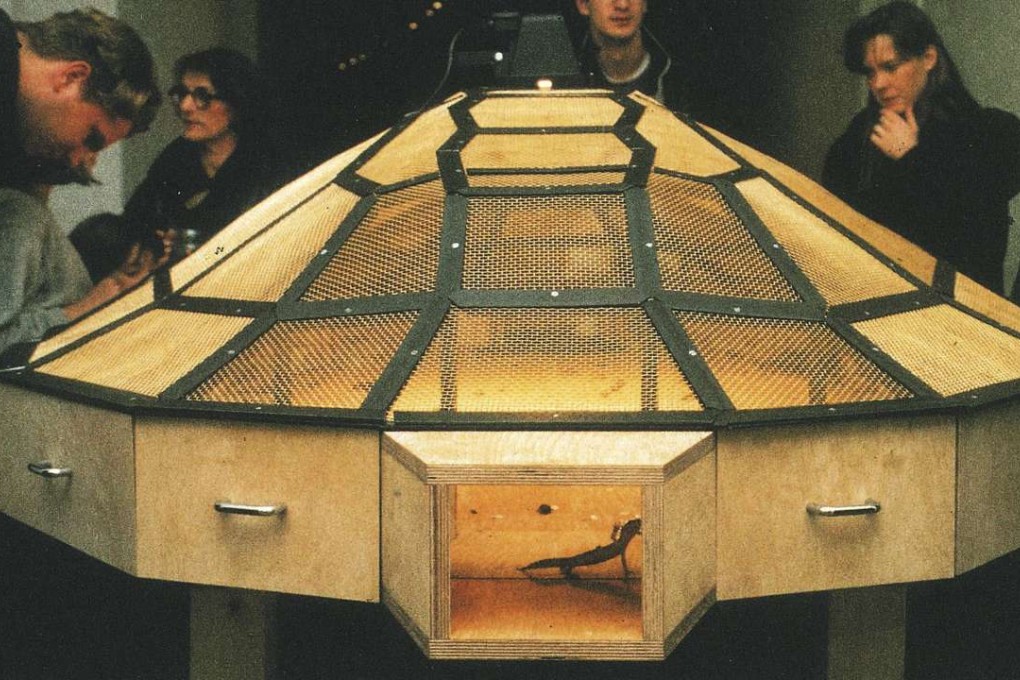Guggenheim’s China show offers fresh view of post-1989 landscape
Co-curator says that while the New York museum’s show acknowledges global stars such as Ai Weiwei and Cao Fei, the 75 artists featured highlight the arch innovation of the less collectible avant-garde

The art market likes to create superstars whose works are worth the annual budget of a small nation.
In the absence of mature contemporary art museums in China, the market has an outsized vote on what art matters in a country with a population of more than 1.3 billion.
A major exhibition in New York later this year plans to focus on art that doesn’t necessarily sell very well – the more conceptual kind rather than instantly recognisable works from the schools of cynical realism and pop art, for example. It will show Chinese contemporary art as being edgier than most people give it credit for.
“We focus on people doing really innovative things, works that changed the conversation at the time,”
says Philip Tinari, director of the Ullens Centre for Contemporary Art in Beijing, who is co-curator with Alexandra Munroe, of the forthcoming exhibition, “Art and China after 1989: Theatre of the World”, at the Guggenheim in New York.
